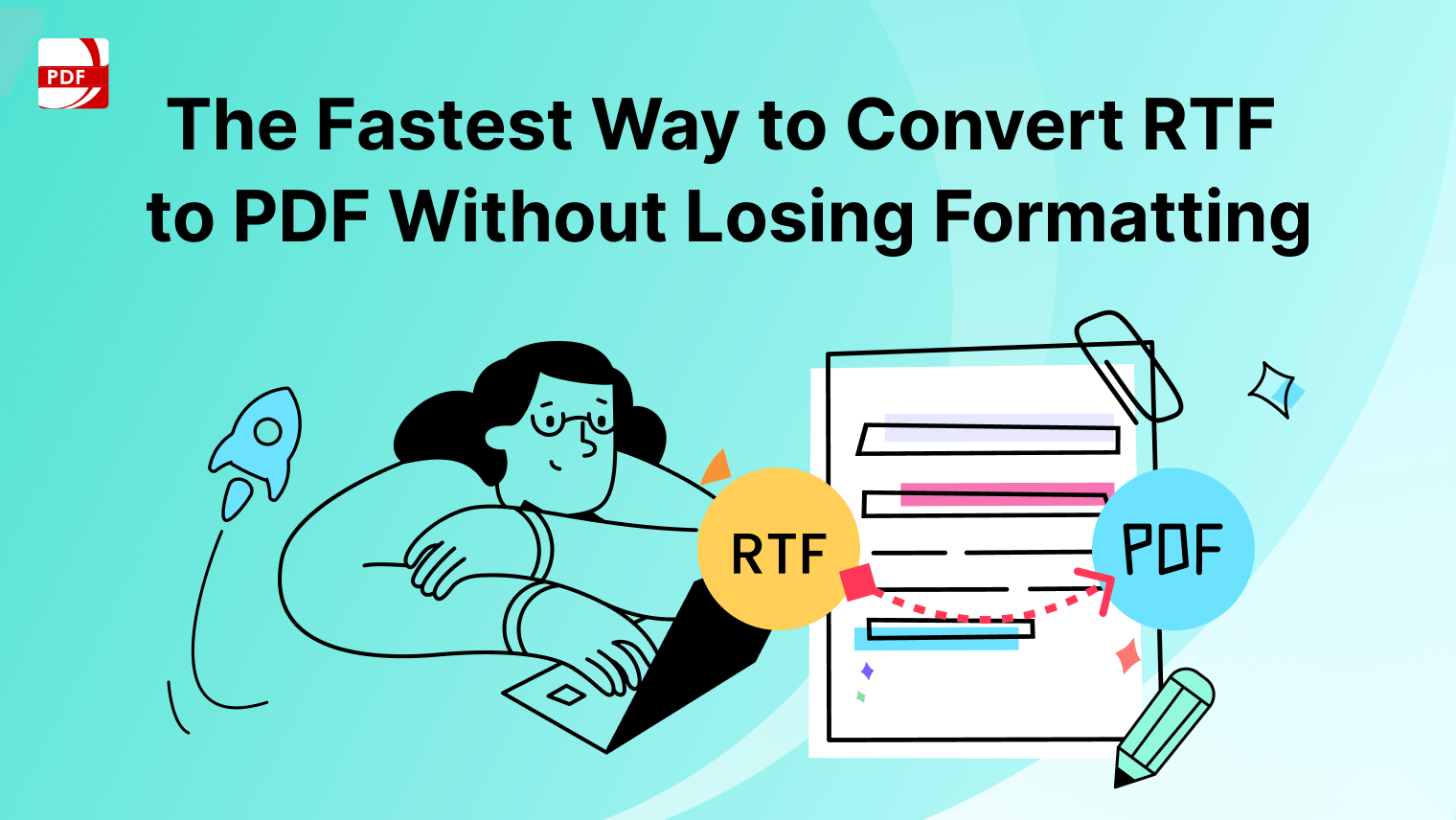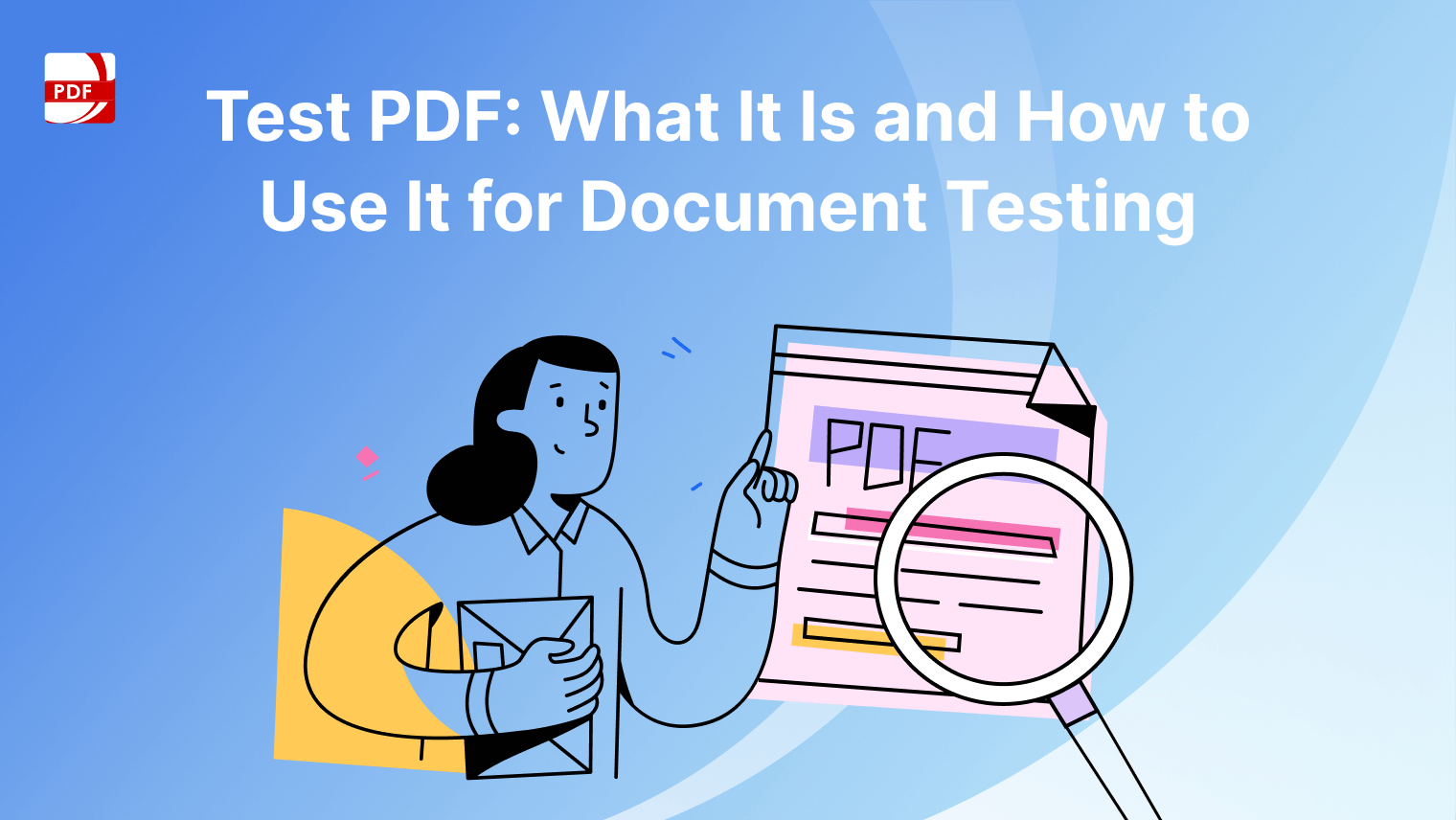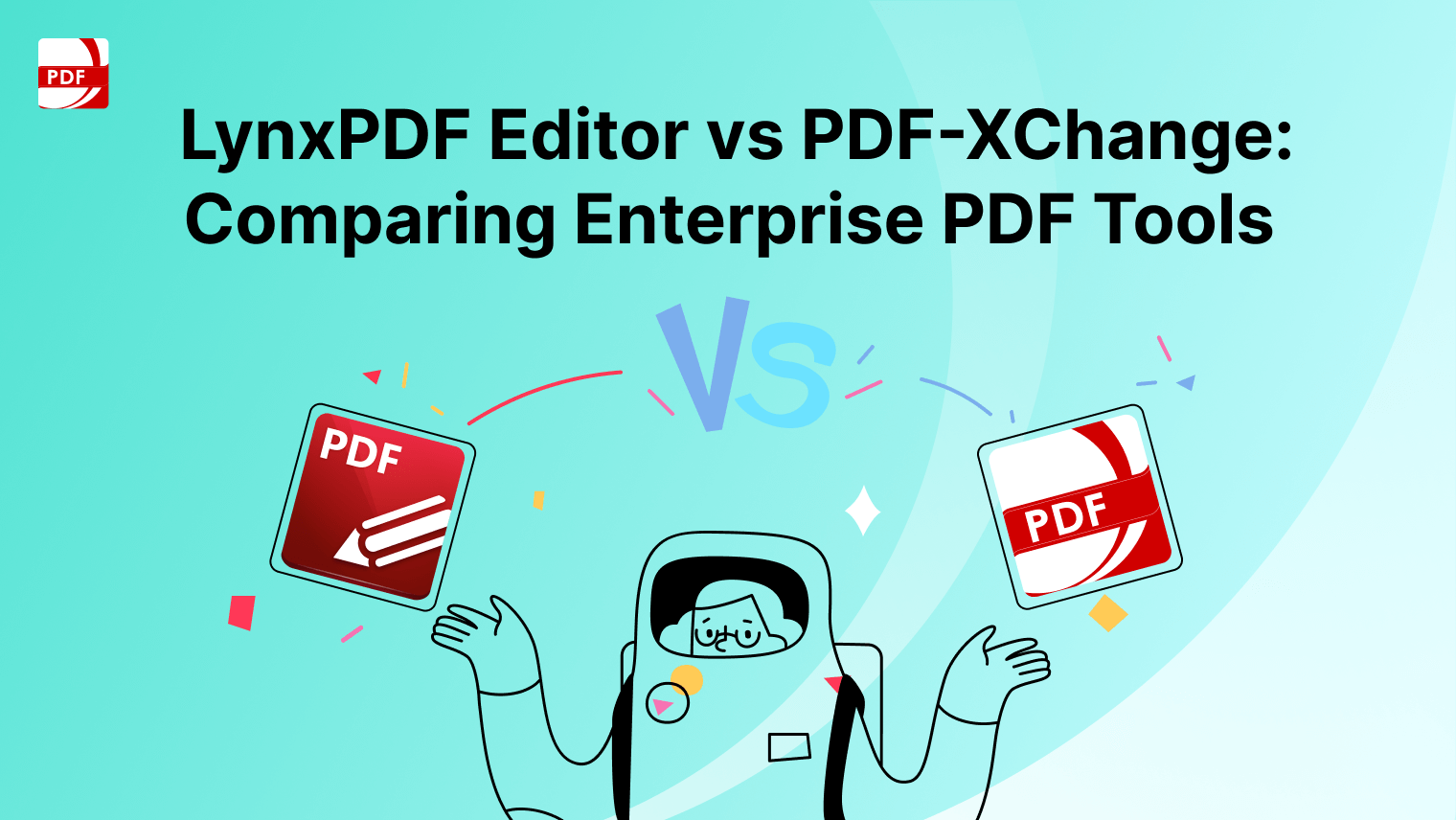With the digital age firmly upon us, many traditionally printed documents are now most commonly found in digital format, particularly PDF files. One common requirement is to white out certain parts of a PDF.
In this guide, we will walk through the process of whitening out a PDF step-by-step using the powerful tools offered by PDF Reader Pro.
How to White Out a PDF on Windows
Step 1: Open Your Document
Open the editable version of your PDF in our handy PDF editor.
Image Source: PDF Reader Pro
Step 2: Click on "Redact"
Select the "Redact" option and click on "White Out PDF".
Image Source: PDF Reader Pro
Step 3: Apply
Select the text you'd like to white out and click on "Apply" when satisfied.
Image Source: PDF Reader Pro
How to White Out a PDF on Mac
Step 1: Open Your PDF File
Open the document by clicking "Open File" or dragging it into the drop zone.
Image Source: PDF Reader Pro
Step 2: Select "Tools" from the Menu
Using the edit tool in PDF Reader Pro, select the rectangle icon from the menu bar under "Tools". Click and drag the box over the text you want to white out.
Video Source: PDF Reader Pro
Step 3: Change the Colors
Change the fill and line colors to white using the "Properties" panel on the top right corner.
Image Source: PDF Reader Pro
Redacting and PDF security are intertwined practices that keep sensitive information confidential while maintaining document integrity and compliance. In my workflow, PDF Reader Pro has become an indispensable tool.
It provides redaction capabilities that quickly remove sensitive data, coupled with comprehensive PDF security features like encryption and password protection.
This combination safeguards my documents and boosts my document management process, making PDF Reader Pro the go-to solution for all my PDF needs, from securing confidential information to editing and sharing documents efficiently.
Alternatives to Whiting Out a PDF
When redacting PDFs isn't feasible or the preferred method, several alternatives can be used to protect sensitive information before sharing or publishing documents. Here are some alternatives to redacting PDFs:
1. Encryption
Encrypt the PDF file to ensure that its contents, including sensitive data, are only accessible to individuals with the correct decryption key or password.
2. Anonymization
Before creating the PDF, anonymize or de-identify the information in the source document. Replace or remove identifiable details with generic terms that don't trace back to individuals or confidential data.
3. Summary Documents
Create a summary or an abridged version of the document that excludes all sensitive or proprietary information, thus eliminating the need for redaction.
4. Use of Placeholder Text
Replace sensitive information with placeholder text (e.g., "XXXXXX" or "[REDACTED]") directly in the original document before converting it to PDF. This method requires careful review to ensure all sensitive data is covered.
5. Selective Sharing
Instead of sharing the entire document, extract only the non-sensitive parts into a new PDF. This can be done by copying and pasting text into a new document or using a PDF editor's extraction tools.
6. Data Masking
Employ data masking techniques in the original document to hide or replace confidential details with fictitious but realistic data, suitable for cases where the structure is important but the specific data is not.
7. Watermarking
While not a method of hiding information, applying a visible watermark that states the document's sensitivity (e.g., "Confidential") can deter unauthorized sharing and alert readers to handle the document with care.
8. Physical Copies
In scenarios where digital security cannot be ensured, consider sharing sensitive information through physical copies instead. Physical documents can be easier to control but come with their own risks and limitations.
9. Secure Sharing Platforms
Use secure document-sharing platforms that offer granular permissions and tracking. These platforms can restrict actions such as copying, printing, or forwarding, adding an extra layer of security without altering the document itself.
You can also explore our variety of resources on optimizing your documents, including a guide on the Top 5 Reasons to White Out PDF.
Best Practices for Whiting Out a PDF
Whiting out content in a PDF file is often done for corrections, privacy, or visual presentation. However, simply putting a white overlay on the content doesn't necessarily remove it from the file.
-
Always Backup: Before making any changes to your PDF, create a backup copy. This way, if something goes wrong or if you need the original content, you have a copy to refer back to.
-
Use Redaction Tools: It's safer and more secure than merely overlaying a white rectangle. Always use editing tools like redaction instead of the traditional whiteout method for sensitive content.
-
Ensure Content is Completely Covered: If you're using the whiteout method, ensure that the content you wish to hide is entirely covered. Sometimes, zooming in will reveal hidden content.
-
Check the Layers: Some PDFs might have layers. Ensure that the content you've whited out isn't visible on any other layers or in any other viewing modes.
-
Test Print the PDF: Sometimes, what appears hidden on the screen might appear in print. Before sharing or distributing your edited PDF, print out a copy to verify the content is appropriately whited out.
-
Remember Metadata and Comments: Whiting out content in the main body of the PDF doesn't remove associated metadata or comments. Double-check these areas, especially if you're sharing the file externally.
-
Password Protect the Edited PDF: If you're whiting out sensitive content, consider adding password protection to the edited PDF. This adds another layer of security, ensuring only authorized individuals can view or edit the file.
-
Avoid Using Basic Tools for Sensitive Data: Tools like Microsoft Paint or basic PDF viewers might allow you to overlay white shapes on a PDF. However, these methods are usually not secure. Dedicated PDF editors are recommended for more secure editing.
-
Confirm with a Second Set of Eyes: Sometimes, you might miss a spot or not adequately cover content. If the document is important, have someone else review your edits as a quality check.
-
Be Cautious with Optical Character Recognition (OCR): If your PDF software has OCR enabled, it might still recognize and read the text you've tried to white out. Check this by attempting to highlight or search for the whited-out text.
-
Keep File Size in Mind: Adding multiple whiteout patches or using certain tools might increase the file size. Always check the final file size, especially if you need to share the PDF via email or platforms with size restrictions.
Whiting out content in a PDF requires more than just covering up the unwanted parts. By following these best practices, you can ensure your content remains private, secure, and professionally presented using our PDF tool.
FAQs About Whiting Out a PDF
Why would I need to white out content in a PDF document?
Common reasons include correcting mistakes, removing personal or sensitive information before sharing, or simplifying a document for presentation purposes.
Can I delete text instead of whiting it out?
Some advanced PDF editing tools allow you to delete text. However, this might leave a noticeable gap or disrupt the document's formatting. Whiting out provides a uniform appearance.
Can the content I've whited out be retrieved or seen by others?
If you only use a white overlay, technically savvy users might be able to recover the unwanted content. Use proper redaction tools or encrypt the PDF if the information is sensitive.
If I white out content and then save the PDF, is the original content lost forever?
If you've saved the changes over the original file, then yes, unless you made a backup. Some PDF editors offer "Save As" options to create a new version while retaining the original.
Can I white out content on a scanned PDF?
Yes, you can. The process is the same as whiting out on a digital PDF. However, for scanned documents, the quality and clarity might vary, and you should double-check to ensure all unwanted content is adequately hidden for secure document sharing.


